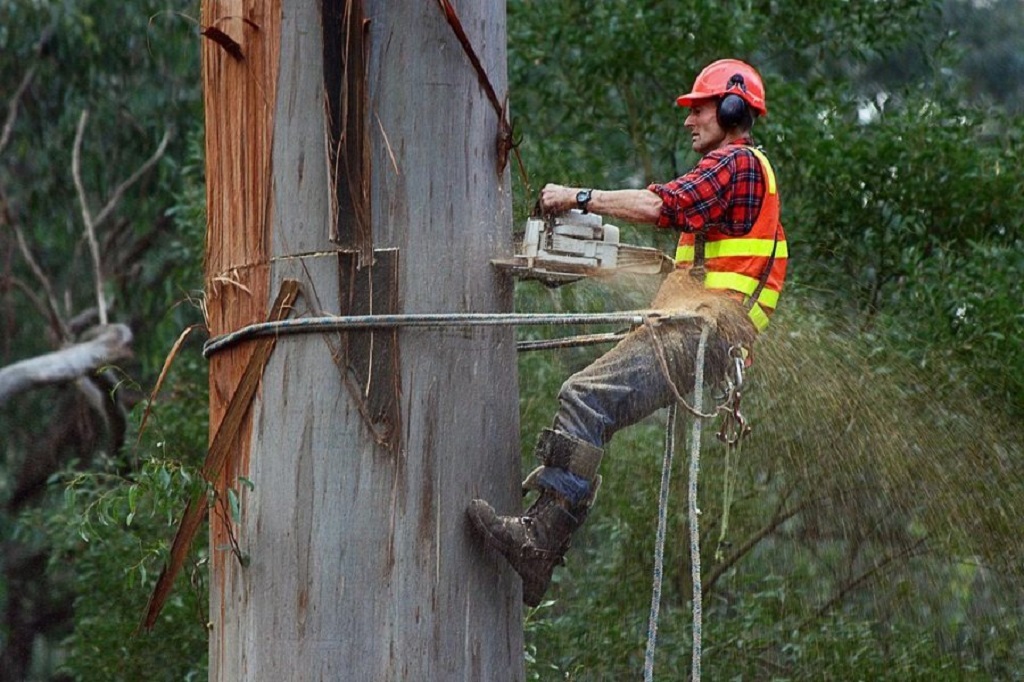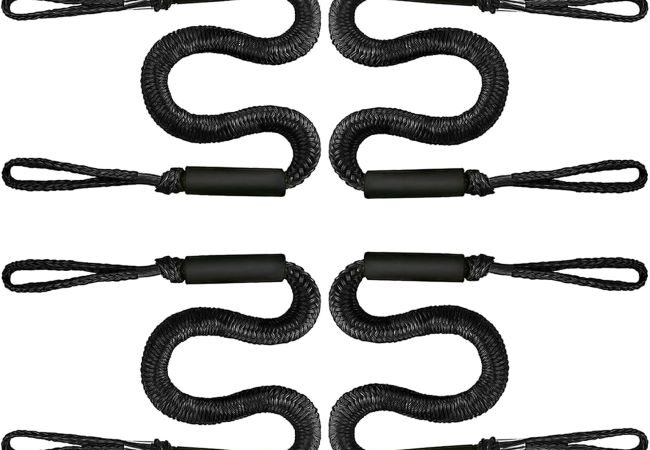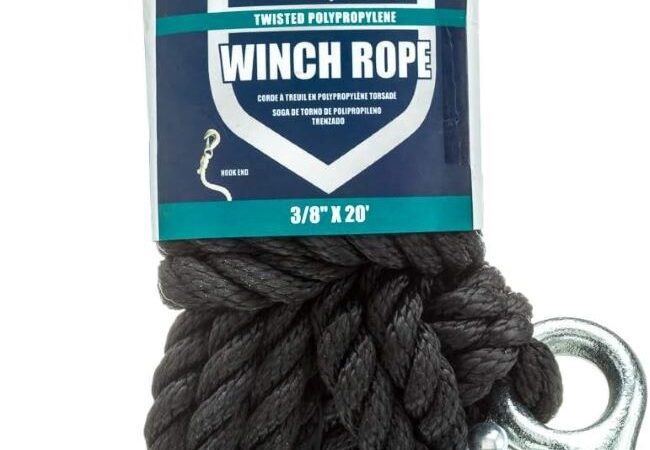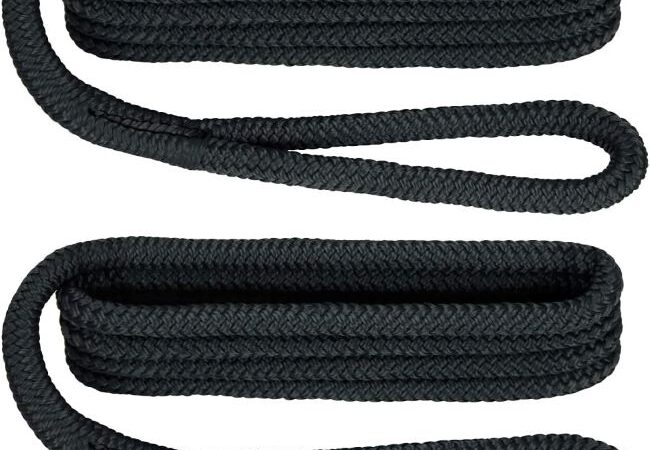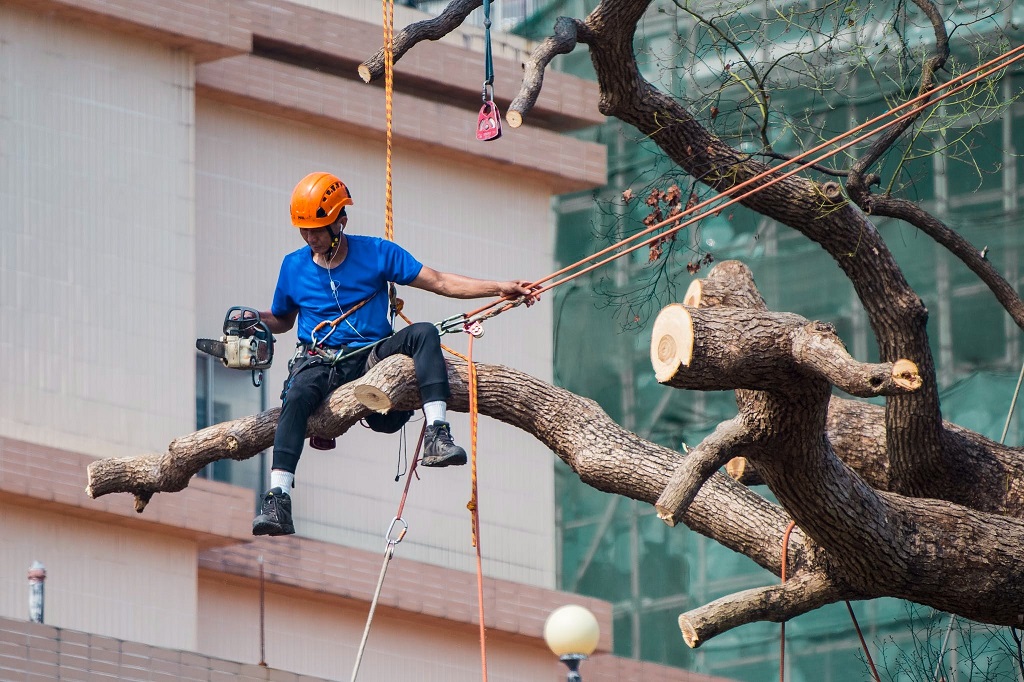
Ultimate Guide to Using Ropes for Tree Felling and Stump Extraction (Safely and Effectively)
Tree felling and stump extraction may seem straightforward, but they’re far from it—especially when safety, precision, and efficiency are key. Whether you’re a seasoned arborist, a landowner clearing property, or a DIY enthusiast, using the right ropes in tree removal can mean the difference between success and disaster.
Contents at a Glance
ToggleRopes serve multiple purposes in tree work: they guide the direction of the fall, support limbs during controlled drops, help extract stubborn stumps, and increase the margin of safety for workers on the ground. Understanding rope usage isn’t just a technical necessity—it’s a lifesaving one.
This ultimate guide walks you through everything you need to know about using ropes for tree felling and stump removal, from selecting the right type of rope to executing advanced techniques with confidence.
-
What Makes Ropes Essential in Tree Felling and Stump Extraction?
Ropes play a pivotal role in modern arboriculture. Here’s why:
- Control and Direction: Ropes allow the feller to control the direction of the tree’s fall, minimizing the risk to nearby structures or vegetation.
- Safety Enhancements: They act as a secondary safety measure if the tree leans the wrong way or winds shift.
- Mechanical Advantage: When paired with pulleys or winches, ropes help generate the force needed to extract stumps from the ground with less manual effort.
- Load Management: They provide support for sectional felling, particularly when removing limbs or branches from above.
Secondary Keywords to Note:
- Tree cutting with rope
- Rigging ropes for tree felling
- Tree pulling rope techniques
- Removing stumps with rope and winch
-
Best Types of Ropes for Tree Work
Not all ropes are created equal—using the wrong rope can lead to failure or injury. Here’s a breakdown of rope types suited for different tree tasks:
- Kernmantle Ropes (Static and Dynamic)
- Use: Ideal for climbing and lowering limbs.
- Static ropes are better for load bearing and minimal stretch.
- Dynamic ropes are better for absorbing shock, like falling limbs.
- Double-Braid Polyester Ropes
- Use: Often used in rigging and tree pulling operations.
- Known for their strength, flexibility, and abrasion resistance.
- Polypropylene Ropes
- Use: Lightweight and cost-effective, good for light-duty stump pulling.
- Floats in water but less durable over time.
- Winch Lines or Synthetic Cable Rope
- Use: Designed for use with mechanical winches or pulleys.
- High tensile strength makes them perfect for stump extraction.
Pro Tip: Always choose a rope rated above the maximum expected load (working load limit or WLL) and inspect for wear before every use.
-
Key Rope Techniques for Safe Tree Felling
Once you’ve selected the proper rope, applying the correct technique is crucial for safe tree felling.
- Directional Felling with Rope Tension
- Step 1: Make an open-face notch on the side where you want the tree to fall.
- Step 2: Attach rope 2/3 of the way up the tree for better leverage.
- Step 3: Use a ground anchor or mechanical advantage (e.g., pulleys or a capstan winch) to apply tension.
- Result: The rope guides the tree’s fall and reduces chances of back-leaning.
- Back-Tensioning for Hazard Control
- Used to prevent backward or sideward falls in leaning trees.
- Critical for trees near homes, fences, or power lines.
- Tagline Control
- A tagline is a long rope attached to the falling section.
- Used by workers to manually guide or steer the tree or branch away from hazards.
Safety Note: Always maintain a clear escape route and never stand directly in the line of the fall.
-
How to Use Ropes for Effective Stump Extraction
Stump removal often seems like the hardest part of tree work. But with the right technique and rope setup, it becomes much more manageable.
Method 1: Using a Rope and Vehicle
What You Need:
- Double-braid polyester rope or synthetic winch line
- Towing vehicle (truck or SUV)
- Ground anchor or pulley if needed
Steps:
- Dig around the stump to expose major roots.
- Cut large roots with a saw or axe.
- Secure the rope around the base using a slip knot or double hitch.
- Attach the other end to the vehicle or winch.
- Apply steady pressure, not sudden jerks, to loosen and pull out the stump.
Method 2: Block and Tackle System
This method uses mechanical advantage through pulleys, reducing the force required to pull out the stump.
Pros:
- Requires less muscle or machinery
- Ideal for remote areas with no vehicle access
Cons:
- Slower process
- Requires patience and precision
- Rope Safety Tips Every Tree Worker Should Know
Tree work is inherently risky. These rope safety precautions can help minimize injuries:
- Inspect ropes before every use for fraying, cuts, or chemical damage.
- Never exceed the WLL (working load limit) of a rope.
- Avoid sharp bends or knots that reduce rope strength.
- Use proper rigging hardware like carabiners, pulleys, and blocks rated for arborist work.
- Keep a first aid kit and communication device nearby.
Bonus Tip: Store ropes in a cool, dry area away from UV light to prolong their lifespan.
Read More Also: Toughest Dog Rope Toys for Aggressive Chewers – Buyer’s Guide
-
FAQs About Using Ropes in Tree Work
Q1: Can I use regular hardware store rope for tree felling?
A: No. You should only use arborist-grade ropes rated for tree work. Standard rope lacks the strength and durability required for safe felling or lifting.
Q2: How thick should a rope be for pulling a stump?
A: For average-sized stumps, a rope between 5/8″ and 3/4″ is recommended. Always check the rope’s load rating before use.
Q3: Is a winch necessary for stump extraction?
A: Not always. Manual methods using block and tackle or vehicle pull can work for small to medium stumps. For large stumps, a winch adds safety and efficiency.
Q4: What knots should I use in tree felling?
A: Some common knots include:
- Bowline Knot – for secure loops
- Running Bowline – for tension and pulling
- Figure Eight – for safety and load bearing
-
Final Thoughts and Call to Action
Using ropes for tree felling and stump extraction isn’t just smart—it’s essential for safety, control, and efficiency. Whether you’re working with a team or handling property maintenance solo, mastering rope techniques transforms your tree work from risky to refined.
From selecting the right type of rope to applying expert-level rigging strategies, this guide has equipped you with the tools to take on tree challenges confidently. Remember, the right rope setup not only saves time—it can save lives.
Read More Also: Best Rope for Knot Tying: A Comprehensive Guide
✅ Ready to Take Your Tree Work to the Next Level?
Bookmark this guide and share it with fellow landowners or arborists. If you’re looking to buy high-quality arborist ropes, check out [YourRopeStore.com] (placeholder) for professional gear recommendations.
Got a question or tree removal challenge? Leave a comment below or contact our team for expert advice.
Stay safe. Stay strong. And keep those trees falling where you want them.
Let me know if you’d like a downloadable PDF or infographic version of this guide!

